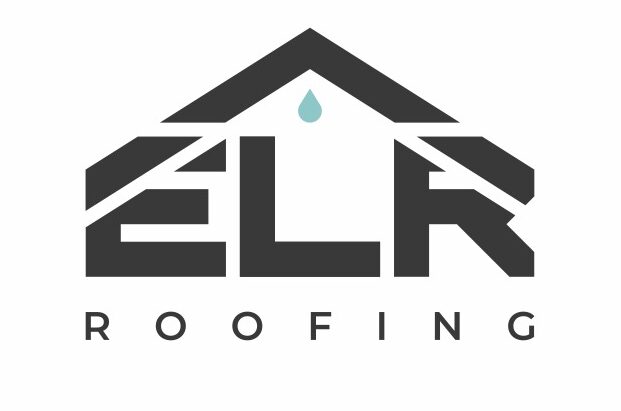Melbourne is known for many things — great coffee, a thriving arts scene, and, of course, wildly unpredictable weather. In a single day, you might get sunshine, wind, rain, and even hail. So, when it comes to roofing materials, homeowners need something that can handle everything the skies throw at it.
Enter Colorbond roofing.
What You’ll Learn
In this blog, we’ll explore how Colorbond roofing performs under Melbourne’s unique climate conditions. From heatwaves to cold snaps, we’ll look at its durability, energy efficiency, and reliability — and help you decide if it’s the right fit for your home.
Built for Aussie Extremes
Colorbond isn’t just designed for Australia — it’s built for it. Bluescope Steel, the manufacturer, developed Colorbond to suit everything from tropical humidity to alpine frost. In Melbourne, where weather can change hour to hour, that versatility matters.
Here’s how it handles different weather types:
Heatwaves and UV
Melbourne summers are getting hotter, and long periods of strong sunlight can damage many traditional roofing materials. But Colorbond’s Thermatech® technology helps reflect more of the sun’s heat, keeping your roof (and your house) cooler.
This isn’t just about comfort — it can also reduce your reliance on air conditioning and lower your energy bills. That’s a win for your wallet and the environment.
Wind and Rain
When Melbourne’s wild wind gusts roll through, the last thing you want is a roof that lifts or leaks. Colorbond roofing is securely fixed with screws (not nails) and overlaps in a way that resists water ingress.
It also holds up extremely well in heavy rain, directing water away quickly thanks to its smooth surface and durable coatings. The result? Less pooling, less chance of leaks, and fewer post-storm headaches.
Cold Snaps and Condensation
In winter, especially in the eastern suburbs or Dandenong Ranges, the temperature can dip fast. Colorbond is engineered to resist thermal contraction and expansion, which helps prevent warping or stress over time.
And if you’re worried about condensation during cold mornings, proper installation with sarking and insulation helps keep moisture buildup under control.
Hail and Storm Damage
Melbourne’s hailstorms are no joke. But compared to tiles that can crack or shatter, Colorbond offers a continuous steel surface that’s far more resistant to impact damage. While no roof is 100% hail-proof, Colorbond gives you a better chance of avoiding costly repairs after a storm.
For homeowners looking at long-term value and durability, here’s a great breakdown of typical metal roof replacement costs in Melbourne.
FAQs
Q: Does Colorbond come in different thicknesses or grades?
Yes. Different grades are available depending on your location. If you live in a coastal or storm-prone suburb, your roofer can recommend Colorbond Ultra for added protection.
Q: Will the colour fade over time?
Minimal fading can occur after many years, especially on darker shades. But the baked-on paint system is designed to resist peeling, cracking, and fading — even under intense UV.
Q: Can I install solar panels on a Colorbond roof?
Absolutely — and many installers prefer it! The flat, consistent surface makes solar mounting simple and secure.
Melbourne Weather Calls for Melbourne-Smart Roofing
Melbourne’s unpredictable climate demands a roofing material that won’t buckle under pressure — literally. That’s where Colorbond excels. It looks great, lasts for decades, and performs in all four seasons (even when they happen in one day).
If you’re planning a re-roof or building a new home, it’s worth checking out what Colorbond could do for your property. And for honest advice, expert installation, and a full range of colour and profile options, speak to the team at ELR Roofing.
Curious about the investment? Here’s what you need to know about ColorBond roof cost.
